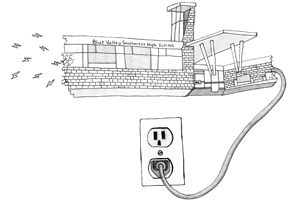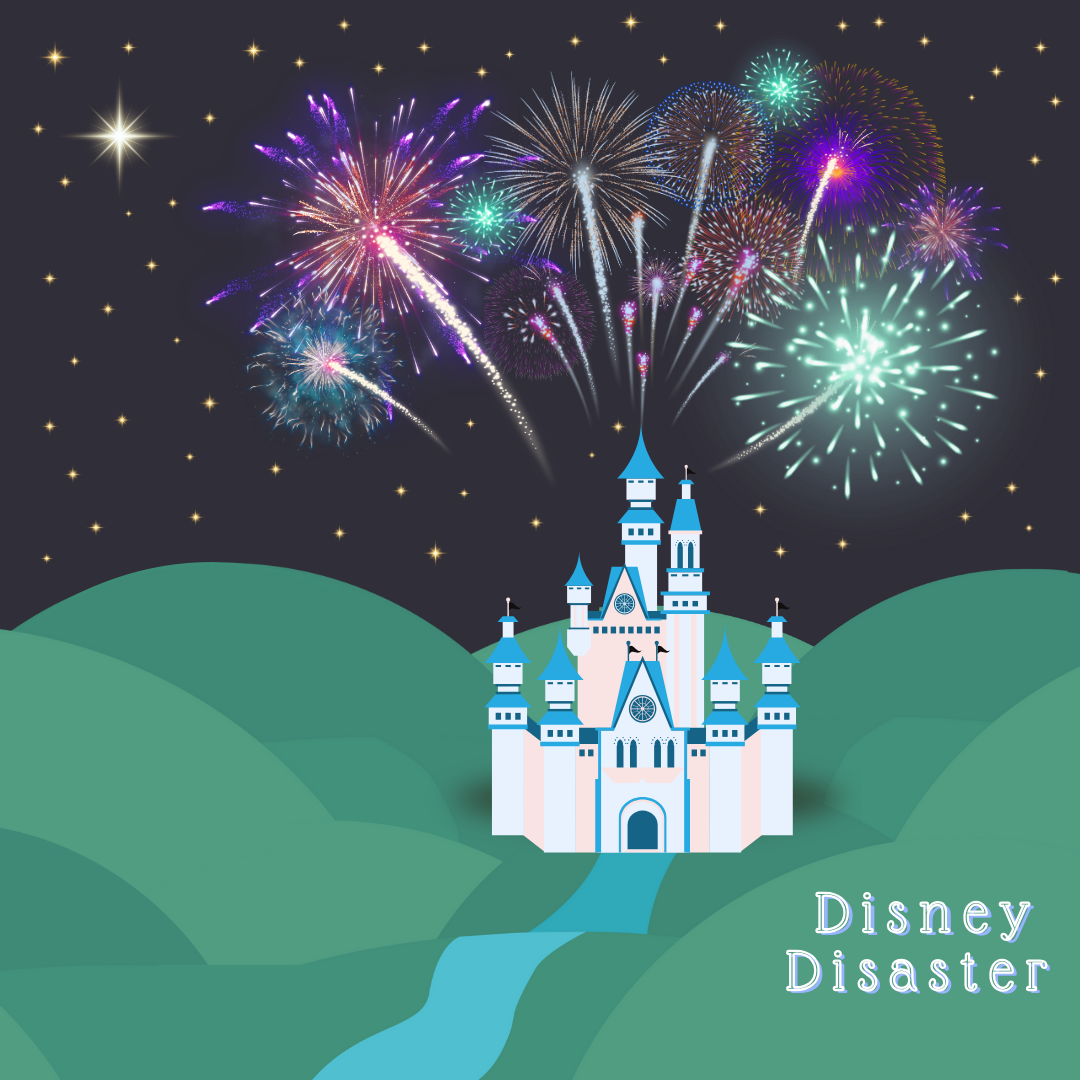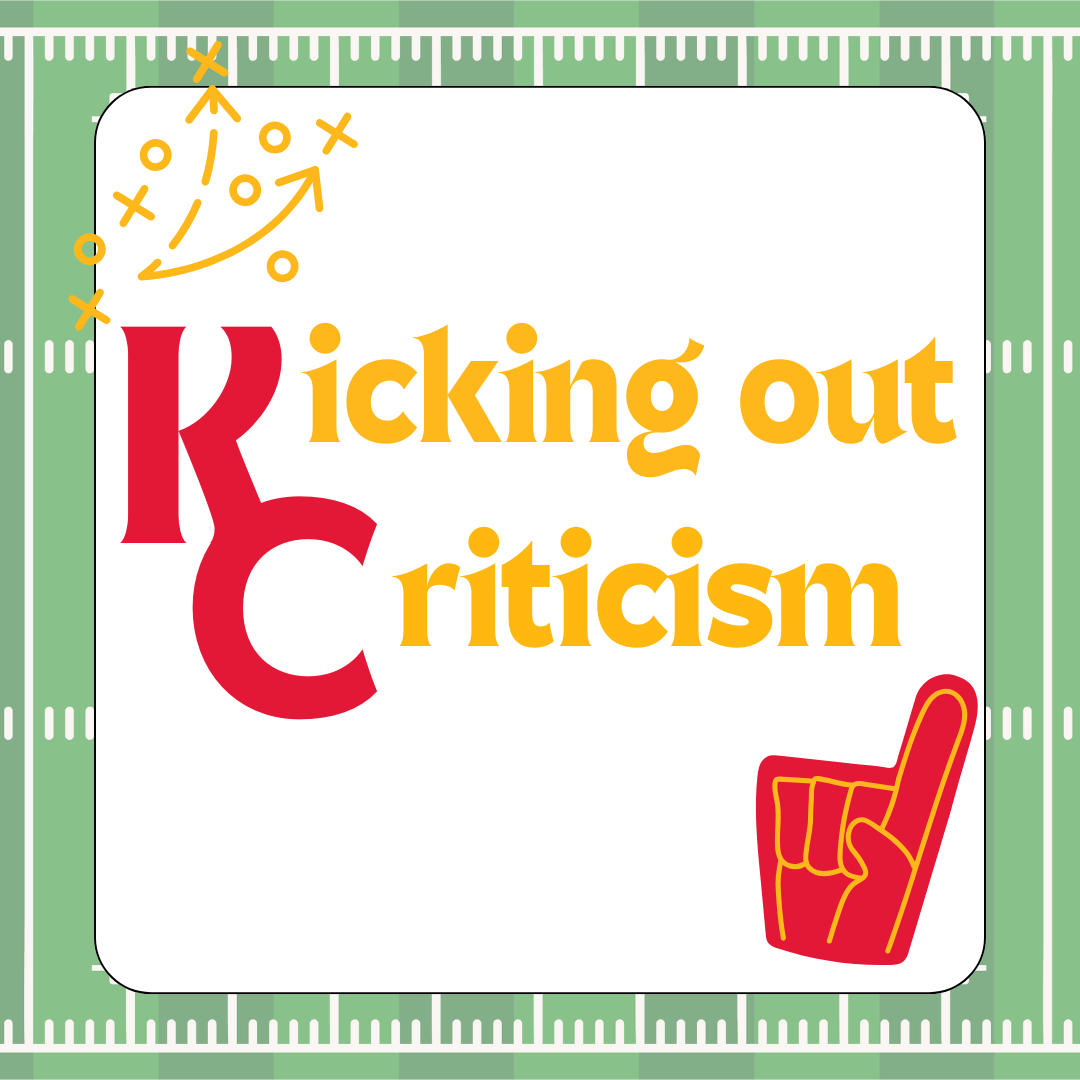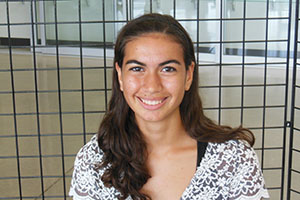There are many things the student body does extremely well. Being green is not one of them.
The foundation for being a green school is there. At least 10 percent of the building materials are made of recycled content, and at least 10 percent came from within the region. All lights use daylight harvesting, meaning when the light outside gets brighter, the lights inside dim. And demand-controlled ventilation senses the amount of carbon dioxide in every room in order to regulate fresh air.
“I would say the building is definitely designed to save energy,” Executive Director of Facilities and Operations for the Blue Valley School District Dave Hill said. “We had to prove when it was certified that we would use 24.5 percent less energy than a similar building not built with eco-friendly materials. But even though it uses a little more energy, we want to ensure the students and teachers have fresh air. Our goal is to optimize the learning environment for you.”
And there are some students actively involved in helping the planet. Sophomore Nick Foulon and the other four members of the Environmental Club created a compost machine that 10 clubs have already agreed to help operate. Within the next few weeks, designated bins will be set up in the cafeteria for biodegradable foods.
“As a school, we use a ton of electricity every day, as well as sending too much biodegradable material into trash cans and placing them out in landfills,” Foulon said. “By composting, we can actually put those biodegradable materials back into the ground and create new things for our environment.”
However, the majority of the student body is not actively involved. For example, approximately 40 students are members of KAY Club; yet, not everyone participates. There are typically only 5 to 10 kids who recycle, if even that. The week of April 7, not one person showed up to recycle in the morning or after school. All of the money that the school would’ve made from the recycled products was thrown away. Literally.

“There have been countless posters, announcements, and even Wolfbyte segments on how important recycling is for our school,” KAY leader and senior Sarah Newell said. “I think people just get busy and don’t think about how important it really is. If students took a moment each day to put their paper and plastic in the correct recycling bins, we would improve immensely. Until we start putting effort into our recycling, we can’t truly be called a green school.”
This isn’t just a problem for the environment. Being “green” directly affects everyone at the school. It’s difficult to enjoy the beautiful courtyard, for example, when it’s littered with the remains of school lunches.
“I think that the people who built the school made efforts to make the school more green, like the big windows and all of the recycling bins everywhere, and all of the lights that are off when your aren’t in the room,” junior Kelly Urschel said. “But I think that we’re not utilizing it and that students take it for granted. Like, nobody really recycles. I don’t think it’s as big as a focus as it should be.”
This is purely an issue of sheer laziness–it’s amazing how many of the bottles discarded end up in the trash can directly beside the recycling bin. But that also means it’s an unbelievably easy problem to solve. Surely, the members of the student body can handle the two seconds required to determine whether the object they’re holding is paper or plastic.
This may not be a “green” school now, but everyone has the potential to help make it one.
Do you think we’re a green school?
We’re at least much more so than other Blue Valley schools. Our lights turn off automatically if someone isn’t in the room, and we use a lot of environmental lighting instead of artificial lighting.”
-Sophomore Emma Lucas
We have a lot of environmental things. The school is made out of local materials. But I guess we wouldn’t be entirely because we use a lot of lighting.”
-Junior Nathan Hansen
“Yes, because we recycle, but not everyone recycles or puts things that can be recycled in the recycling bin. A lot of people leave their trash outside.”
-Freshman Harrison Carney








